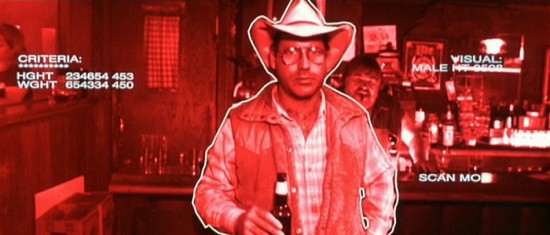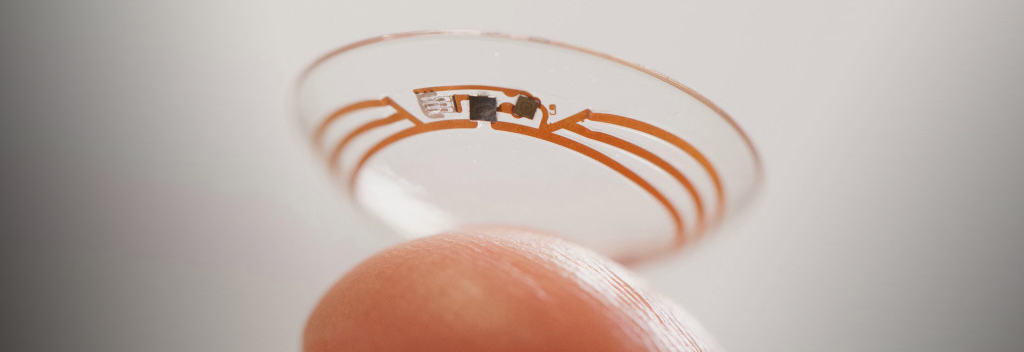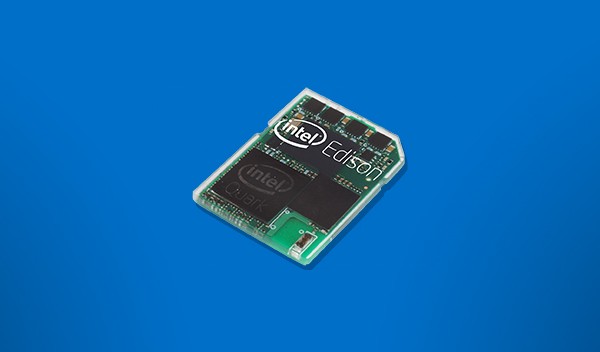A Fix For Glassholes
The concept behind Google Glass is cool… just like the concept behind a bluetooth headset is cool. Unfortunately, both of these technologies make you look, well… uncool (sorry my Google Glass wearing friends – I love ya!). Do I want the utility of these devices? Hell yes. I would also like the utility of a fanny pack. However, you will never catch me wearing a fanny pack, bluetooth headset or Google Glass (unless I am wearing all 3 for a costume party).
In order for Google Glass to catch on the form factor needs to dramatically change and it appears that Google is working on the initial stages of just that. Google made a patent application for a new invention it is developing that enables a pair of contact lenses to be embedded with a camera component, control circuit and sensor. When paired with another device such as a smart phone, or a streamlined version of Google Glass, the implications of smart contacts could be huge. Not only could the device be something the general public would wear, but it could be the first step towards a borg-like future.
 A Huge Step Forward
A Huge Step Forward
Smart contacts could enable the user to be able to see the detail in objects located at a distance without the use of binoculars or other ocular devices. It is also possible that the lenses’ sensor capabilities could be expanded to include other measurements, such as temperature or pressure. The lenses could also enhance our visible spectrum and display streaming information in realtime.
It is likely that at some point in the not too distant future smart contacts will become standard medical devices designed to enhance a person’s quality of life, such as cochlear implants and hearing aids. Google has previously revealed a functional prototype of the smart contacts designed to monitor glucose levels for diabetes patients. In the future people with eye health issues and deteriorating vision could use these contacts to help augment vision that is currently failing or restricted.
Yes, there are all sorts of privacy and ethical concerns. But like it or not man and machine are starting to merge.
Phase one is wearable tech.
Phase two is implantable tech.
Phase three is voluntary, proactive functional replacement of perfectly good organs and limbs.





